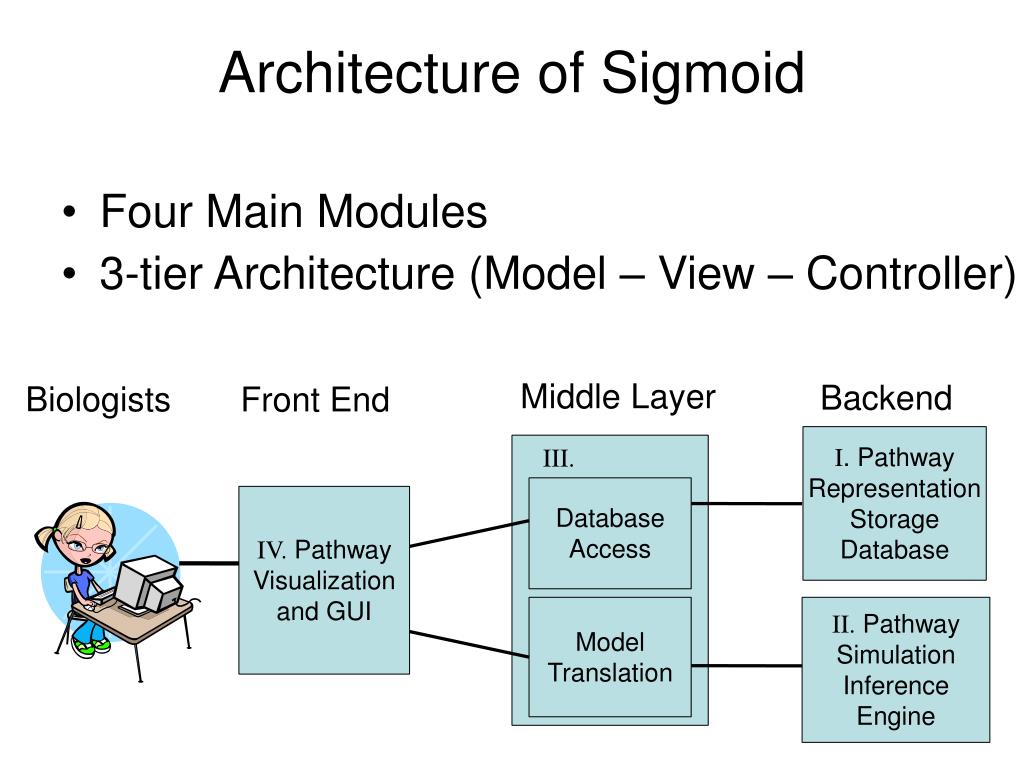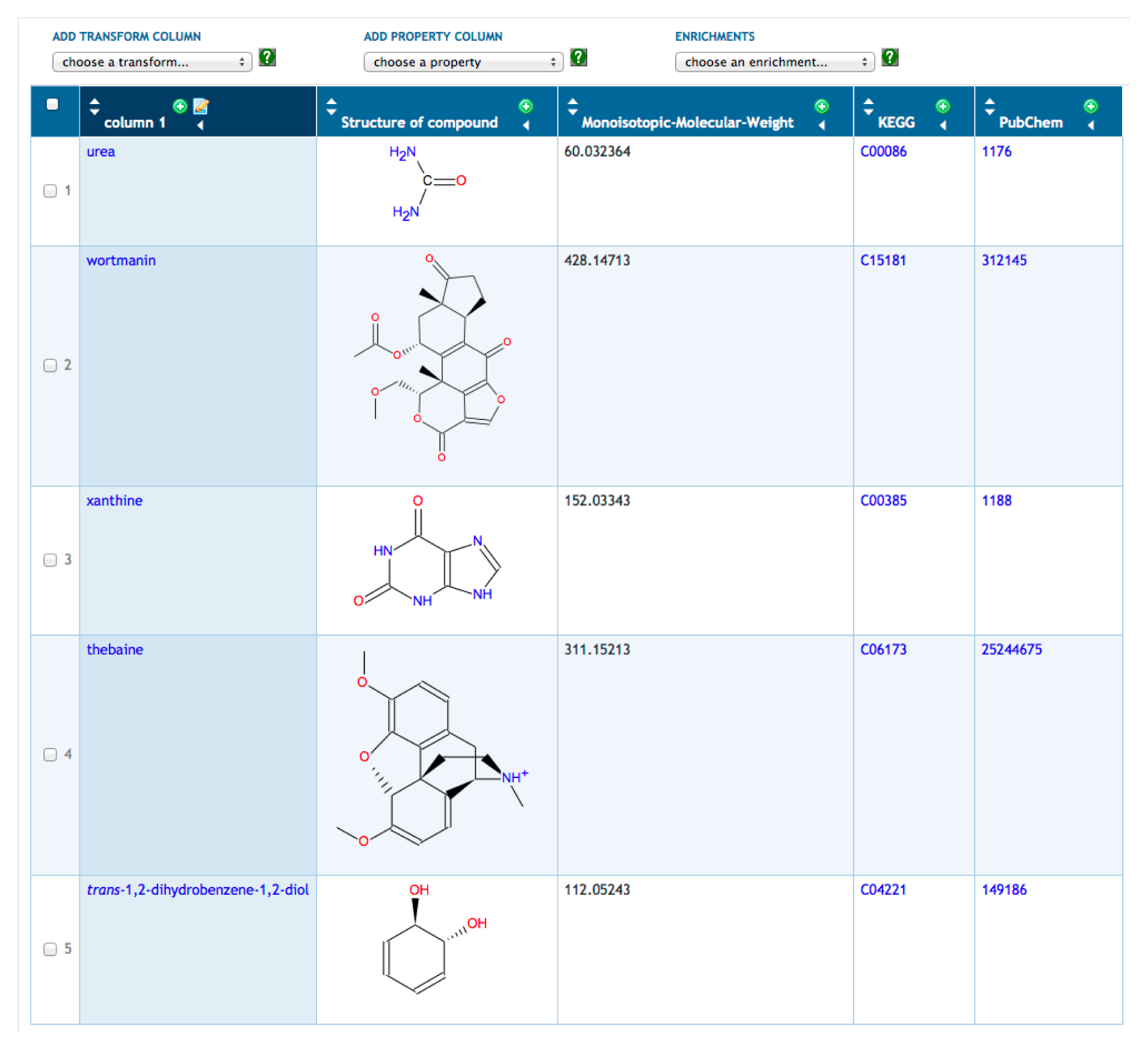

During photosynthesis, plants use energy (originally from sunlight) to convert carbon dioxide gas (CO 2) into sugar molecules (like glucose: C 6H 12O 6). For the most part, photosynthesizing organisms like plants produce these sugars. Living things consume sugars as a major energy source, because sugar molecules have a great deal of energy stored within their bonds. This is a classic example of one of the many cellular processes that use and produce energy. Metabolic PathwaysĬonsider the metabolism of sugar. Carnivores eat the herbivores, and eventual decomposition of plant and animal material contributes to the nutrient pool. Plants use photosynthesis to capture sunlight, and herbivores eat the plants to obtain energy.


Figure 4.2 Ultimately, most life forms get their energy from the sun. Together, all of the chemical reactions that take place inside cells, including those that consume or generate energy, are referred to as the cell’s metabolism. Just as living things must continually consume food to replenish their energy supplies, cells must continually produce more energy to replenish that used by the many energy-requiring chemical reactions that constantly take place. Some of these chemical reactions are spontaneous and release energy, whereas others require energy to proceed. Cellular processes such as the building and breaking down of complex molecules occur through stepwise chemical reactions. Scientists use the term bioenergetics to describe the concept of energy flow ( Figure 4.2) through living systems, such as cells.


 0 kommentar(er)
0 kommentar(er)
